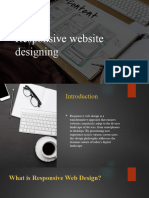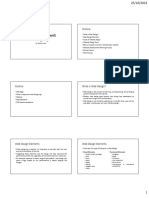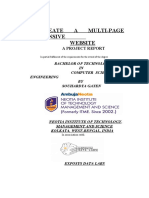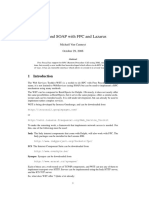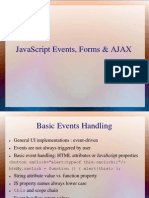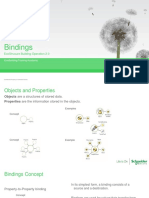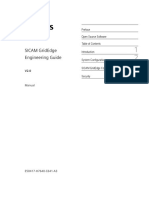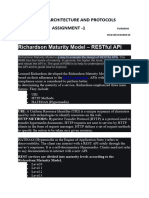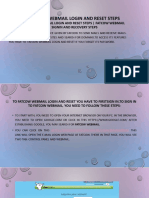0% found this document useful (0 votes)
80 views9 pagesUUD Assignment 3 Answer Key
The document discusses the importance of responsive design in enhancing user accessibility and satisfaction by ensuring optimal viewing experiences across various devices. It outlines key principles, benefits, and challenges of responsive design, emphasizing its role in improving user engagement and SEO. Additionally, it covers the iterative process of prototype development and the significance of crafting clear problem statements to address user needs effectively.
Uploaded by
vishnupriyapacetCopyright
© © All Rights Reserved
We take content rights seriously. If you suspect this is your content, claim it here.
Available Formats
Download as DOCX, PDF, TXT or read online on Scribd
0% found this document useful (0 votes)
80 views9 pagesUUD Assignment 3 Answer Key
The document discusses the importance of responsive design in enhancing user accessibility and satisfaction by ensuring optimal viewing experiences across various devices. It outlines key principles, benefits, and challenges of responsive design, emphasizing its role in improving user engagement and SEO. Additionally, it covers the iterative process of prototype development and the significance of crafting clear problem statements to address user needs effectively.
Uploaded by
vishnupriyapacetCopyright
© © All Rights Reserved
We take content rights seriously. If you suspect this is your content, claim it here.
Available Formats
Download as DOCX, PDF, TXT or read online on Scribd
/ 9









